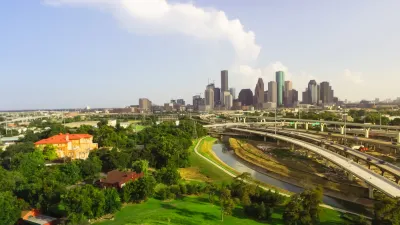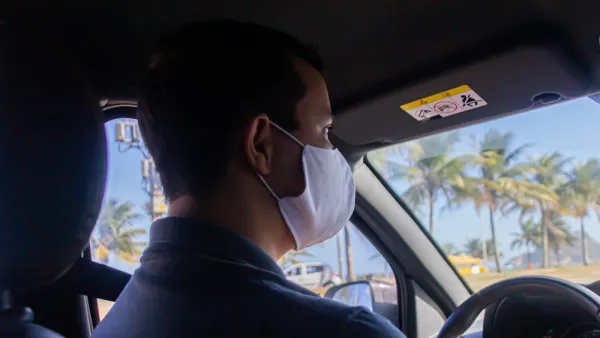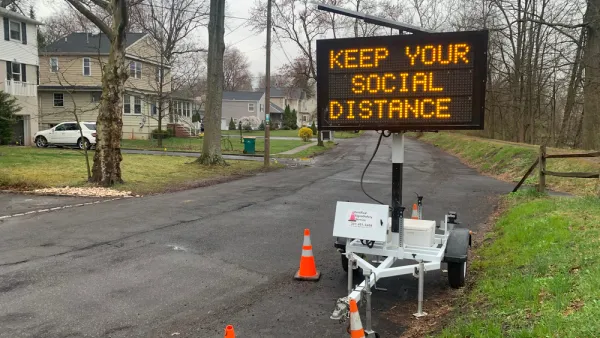Early in the pandemic, bike sales soared and vehicle miles traveled plummeted. As people have been driving more, more people have also been infected with the novel coronavirus.

Andy Olin provides a really thorough overview of the mobility trends in the United States since the outset of the COVID-19 pandemic in March.
The narrative is summarized thusly:
Traffic levels fell dramatically throughout the Houston metro area as people were ordered to stay at home and businesses were closed to mitigate the spread of COVID-19 — and it worked. But, as the economy was reopened and people returned to work, restaurants, bars, beaches and more, traffic levels and infection rates increased.
The article includes a mountain of data on bike sales and use, traffic and vehicle miles traveled, and air quality, providing specific examples from around the country and the nation as a whole, before drilling down on air quality data in the Houston area. Much of the information in the article has been reported before in separate media outlets and news coverage, but here we have all the relevant data in one place, clearly put in context and analyzed for potential implications.
But the article also includes a bombshell revelation that could potentially upend the ongoing narrative about density and transit being the most conductive modes for transmission of the coronavirus: when people drive more, more people are infected with the coronavirus.
FULL STORY: Traffic dropped 66%, but it came back and the coronavirus followed

National Parks Layoffs Will Cause Communities to Lose Billions
Thousands of essential park workers were laid off this week, just before the busy spring break season.

Retro-silient?: America’s First “Eco-burb,” The Woodlands Turns 50
A master-planned community north of Houston offers lessons on green infrastructure and resilient design, but falls short of its founder’s lofty affordability and walkability goals.

Delivering for America Plan Will Downgrade Mail Service in at Least 49.5 Percent of Zip Codes
Republican and Democrat lawmakers criticize the plan for its disproportionate negative impact on rural communities.

Test News Post 1
This is a summary

Test News Headline 46
Test for the image on the front page.

Balancing Bombs and Butterflies: How the National Guard Protects a Rare Species
The National Guard at Fort Indiantown Gap uses GIS technology and land management strategies to balance military training with conservation efforts, ensuring the survival of the rare eastern regal fritillary butterfly.
Urban Design for Planners 1: Software Tools
This six-course series explores essential urban design concepts using open source software and equips planners with the tools they need to participate fully in the urban design process.
Planning for Universal Design
Learn the tools for implementing Universal Design in planning regulations.
EMC Planning Group, Inc.
Planetizen
Planetizen
Mpact (formerly Rail~Volution)
Great Falls Development Authority, Inc.
HUDs Office of Policy Development and Research
NYU Wagner Graduate School of Public Service





























